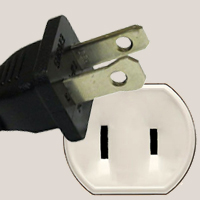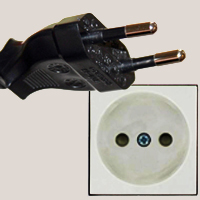Latin America Regulatory Compliance Group
Type Approvals for Latin America and the Caribbean
Latin America Regulatory Compliance GroupLARCG COVERS PERU
LARCG COVERS LATAM
MTC Type Approval in Peru
MTC (Ministerio de tranportes y comunicaciones, or the Ministry of Transport and Communications) is the Peruvian agency responsible for the control, supervision, and type approval certification process to assure devices properly use the country’s radio spectrum.
Equipment that uses the radio spectrum with radiated power greater than 10mW requires a homologation certificate.
Peru does not require in-country product testing, local representation, or specific labeling.
LARCG can use existing international test reports and grants (FCC and CE only for cell phones) for the homologation process to obtain MTC approval. Technical documents will be reviewed and validated in the approval process.
Peru has restrictions in the frequency band between 902 MHz to 928 MHz, along with 800 MHz band restrictions. LARCG will help determine if these restrictions apply to your equipment and how to pursue exceptions.
Products requiring approval in Peru include:
- Cellphones
- WiMax
- Antennas
- Modems
- Wireless speakers
MTC 001, 2006: Establishes the general regulations for telecommunications in Peru
For products that do not require MTC approval, the Agency will provide a No Homologation letter to avoid any issues with customs.
Contact us to start the approval processPeru Plug Types


Type A plugs, rated at 15 Amps, are used mainly in the United States, Canada, Mexico, South America and Central America. This Class I, non-grounded, non-insulated plug operates on AC current and is known as NEMA 1-15. The plug has two 1.5 mm thick blades which measure 15.9 – 18.3 mm in length and are spaced 12.7 mm apart. The neutral blade is 7.9 mm wide, while the hot blade is 6.3 mm wide.
This plug almost always operates between 100 – 127 volts and is only compatible with socket type A.
Type C plugs are most commonly used in South America, Asia, and Europe (except the United Kingdom, Ireland, Cyprus and Malta), and are rated at 2.5 Amps. They operate on AC current at 220 – 240 Volts. Probably the most widely used international plug, CEE 7/16 or Europlug, features two 4 mm round pins measuring 19 mm in length, which are spaced 17.5 mm apart at the tip and 18.6 mm apart from the center point of each pin’s base. 10 mm long insulated sleeves slightly cover the base of the pins; however, they are relatively flexible which allows the plug to mate with any socket that accepts 4.0 – 4.8 mm round contacts on 17.5 – 19 mm centers. As a class II plug, the Europlug is generally limited to applications that require 2.5 amps or less. Note: whereas type C plugs are very commonly used, this is not the case for type C sockets, as these sockets are older and not grounded. Most counties now require grounded sockets to be installed in new buildings; and as such, the sockets have become illegal almost everywhere – they are being replaced by type E, F, J, K or N. To be clear, only the sockets have become illegal; the plugs remain in use.